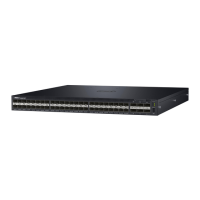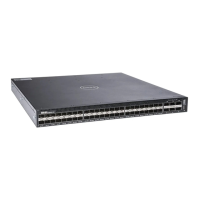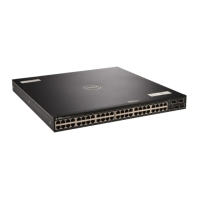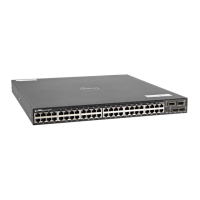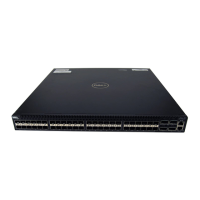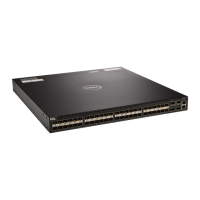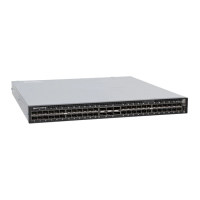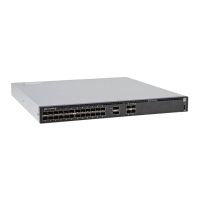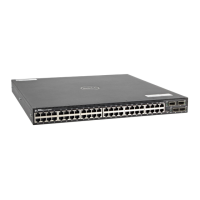default byte size of an IP packet is 576. This packet size is called the maximum transmission unit (MTU) for
IPv4 frames. PMTD operates by containing the do not fragment (DF) bit set in the IP headers of outgoing
packets. When any device along the network path contains an MTU that is smaller than the size of the packet
that it receives, the device drops the packet and sends an Internet Control Message Protocol (ICMP)
Fragmentation Needed (Type 3, Code 4) message with its MTU value to the source or the sending device. This
message enables the source to identify that the transmitted packet size must be reduced. The packet is
retransmitted with a lower size than the previous value. This process is repeated in an interactive way until the
MTU of the transmitted packet is lower or equal to the MTU of the receiving device for it to obtain the packet
without fragmentation. If the ICMP message from the receiving device, which is sent to the originating device,
contains the next-hop MTU, then the sending device lowers the packet size accordingly and resends the
packet. Otherwise, the iterative method is followed until the packet can traverse without being fragmented.
PMTD is enabled by default on the switches that support this capability. To enable PMTD to function
correctly, you must enter the ip unreachables command on a VLAN interface to enable the generation of
ICMP unreachable messages. PMTD is supported on all the layer 3 VLAN interfaces. Because all of the Layer 3
interfaces are mapped to the VLAN ID of 4095 when VLAN sub-interfaces are configured on it, it is not
possible to configure unique layer 3 MTU values for each of the layer 3 interfaces. If a VLAN interface contains
both IPv4 and IPv6 addresses configured on it, both the IPv4 and IPv6 traffic are applied the same MTU size;
you cannot specify different MTU values for IPv4 and IPv6 packets.
Using the Configured Source IP Address
in ICMP Messages
ICMP error or unreachable messages are now sent with the configured IP address of the source interface
instead of the front-end port IP address as the source IP address. Enable the generation of ICMP unreachable
messages through the ip unreachable command in Interface mode. When a ping or traceroute packet
from an endpoint or a device arrives at the null 0 interface configured with a static route, it is discarded. In
such cases, you can configure Internet Control Message Protocol (ICMP) unreachable messages to be sent to
the transmitting device.
Configuring the ICMP Source Interface
You can enable the ICMP error and unreachable messages to contain the configured IP address of the source
device instead of the previous hop's IP address. This configuration helps identify the devices along the path
because the DNS server maps the loopback IP address to the host name, and does not translate the IP
address of every interface of the switch to the host name.
Configure the source to send the configured source interface IP address instead of using its front-end IP
address in the ICMP unreachable messages and in the traceroute command output. Use the ip icmp
source-interface
interface or the ipv6 icmp source-interface interface commands in
Configuration mode to enable the ICMP error messages to be sent with the source interface IP address. This
functionality is supported on loopback, VLAN, port channel, and physical interfaces for IPv4 and IPv6
messages. feature is not supported on tunnel interfaces. ICMP error relay, PATH MTU transmission, and
fragmented packets are not supported for tunnel interfaces. The traceroute utilities for IPv4 and IPv6 list the
IP addresses of the devices in the hops of the path for which ICMP source interface is configured.
IPv4 Routing 502
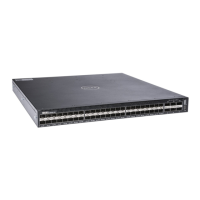
